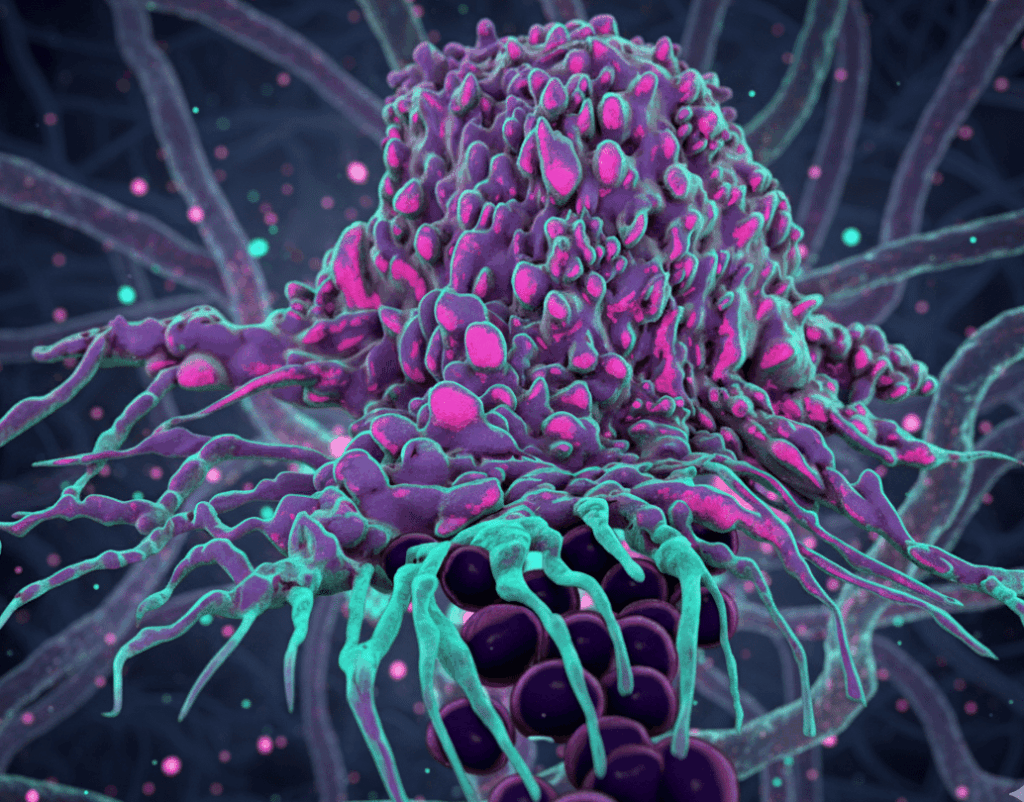Originally published on IPKat.
The decision in T 0660/22 combines two hot topics, AI and cells! The patent application at issue related to a method for analysing image data about cells growing in culture. Unfortunately for the applicant, the Board of Appeal found the claims to either lack technical character or to relate to a technical method so broad that it was insufficiently disclosed. The decision thus highlights some of the challenges associated with trying to broadly protect software-based platform technology for biological research.
Legal background: Technical character.
The established EPO case law on computer-implemented inventions states that only those features contributing to the technical character of the claimed invention can be considered for inventive step. What it means for a feature to provide technical character is often open for debate. In G 1/19, the Enlarged Board of Appeal (EBA) found that calculated numerical data can have technical character if it has “an inherent technical quality” or if it serves a technical purpose. According to G 1/19, measuring physical quantities, whether directly or indirectly, can also be considered to have technical character.
Background: Cell analysis device and method.
The patent application at issue in T 0660/22 was filed jointly by the University of Tokyo and Nikon (EP 14909103.5). The invention related to a system of analysing and characterising cells. According to the application, conventional cell image analysis techniques that calculate correlations solely based on cell morphology information fail to fully represent the complex relationship between the elements and structures within a cell. The system described in the application was directed at providing a better method for analysing cells that could be used to make a model of the relationships between the elements within a cell, and e.g. evaluate the effects of compounds on cells in drug screening.
The system described in the application was configured to analyse a series of images obtained by a microscope, showing cells in a vessel to which a stimulus was applied. The application described a system for acquiring cell images and identifying elements visible in these images. The analysis method comprised calculating characteristic quantities of the cell elements, determining correlations between these quantities, and using these to establish correlations between the elements themselves. The measured qualities of the cells could be, for example, intracellular protein localisation, aggregate formation, microfilament directionality, and protein complex aggregation.
The application as filed included examples in which the system identified correlations between different cellular elements. The system was then used to build models showing how an element (protein) controlled other elements (nucleus, cytoplasm) in the cell by detecting strong correlations between characteristic data. The model was visualised as a graphical representation with elements forming nodes and correlation strengths represented by line thickness between elements.
The technical character of measurement data
The key issue on appeal was whether the claimed method of calculating correlations between characteristic quantities extracted from cell images, and constructing a graphical model based on these correlations, provided a technical contribution (Article 56 EPC, G 1/19).
The applicant argued that the construction of the model was technical in nature as it constituted an indirect measurement of physical reality in the sense of G 1/19. The characteristic quantities of the cells were associated with cell properties and extracted from images of cells, thus constituting measurements of physical reality. The applicant compared the invention to a technical tool such as a thermal camera, arguing that even if using such a tool involves complex calculations, the tool still provides indirect measurements of physical reality.
The Board of Appeal with the applicant on the critical point of whether the claimed method constituted a measurement method in the sense of G 1/19. For the Board of Appeal, any measurement method within the meaning of G 1/19 “must be intended to determine a specific and predefined physical quantity” (r. 13.1). For the Board of Appeal, a method may be called “indirect” if it determines a physical quantity of interest based on measurements of different physical quantities and a known factual relationship between these quantities (r. 13.1). Critically, the Board of Appeal found that unless correlations between physical quantities correspond to a known factual relationship, they are “just data, which may be used, for example, to gain scientific knowledge” (r. 13.4, quoting G 1/19) and obtaining them does not constitute a measurement within the meaning of G 1/19.
The Board thus drew a crucial distinction between methods that determine a specific and predefined physical quantity, which have technical character, and those that merely provide information which a scientist can use to investigate physical relationships, which lack technical character (r. 13.1-13.4). The Board of Appeal found that it was “neither self-evident nor explained in the application that each of the many individual ‘characteristic quantities’ […] actually represents a physical quantity of the cell” (r. 14). Even if these quantities represented physical quantities, the correlation values were “not set out as measurements of any specific and predefined physical phenomenon relating two quantities” (r. 14.1).
The Board of Appeal thus concluded that neither the claimed device or method provided indirect measurements in the sense of G 1/19. The claimed invention was thus found to lack any technical contribution and hence could not be considered to involve an inventive step (r. 15).
Sufficiency of disclosure for the cell manufacturing method
The Board of Appeal also considered an auxiliary request claiming a cell manufacturing method. The auxiliary request attempted to overcome the technical character objections raised for the main request by embedding the analysis method within a cell manufacturing process. The claim related to an iterative process for manufacturing cells that continued until a predetermined criterion was satisfied. However, this claim stumbled on the hurdle of sufficiency before inventive step was even considered.
The Board of Appeal particularly found that claim 1 of the auxiliary request was extremely broad, and covered any predetermined criterion. For the Board of Appeal, it was also possible that cells satisfying some of the criteria might not even exist (r. 21). For other criteria the Board of Appeal found that it would “be unclear how to create suitable cells, for instance due to missing insights in biochemical engineering” (r. 21).
Thus, for the Board of Appeal, even for theoretically achievable criteria, the application provided insufficient guidance on how to actually create cells with the desired properties. The applicant argued that skilled persons could iteratively modify cells so as to obtain ones with desired characteristics and could assess the evolution of the graphical model over time in order to understand how to create cells with a good chance of having the desired property. However, the Board found this insufficient to establish enablement across the claim’s full breadth.
Final thoughts
The invention described in the patent application at issue in T 0660/22 is undoubtedly a great idea. Cells are exceedingly complicated biological systems, and methods for analysing and modelling their behaviour and response offer great research opportunities. The issue for the applicants in this case was filing too early and claiming too broad. The decision thus highlights some challenges to patenting AI and data analysis tools for biological research. Whilst these tools may be valuable for scientific discovery, they may not satisfy the technical character requirement unless they can be linked to specific physical measurements or technical purposes. Any technical purposes relied on should also not be so broad as to raise insufficiency issues.
Interestingly, along similar lines as the invention described in T 0660/22, the Institute of Cancer Research (ICR) has just published details of a new AI model they have developed for predicting drug responses based on 3D cell shape changes. The model, MorphoMIL, uses deep learning to profile 3D cell shapes following exposure to drug compounds. According to the paper, a patent application has been filed for MorphoMIL (not yet published). It will be interesting to see what claiming strategy the inventors of MorphoMIL will take in Europe in order to avoid the potential pitfalls highlighted by T 0660/22.









